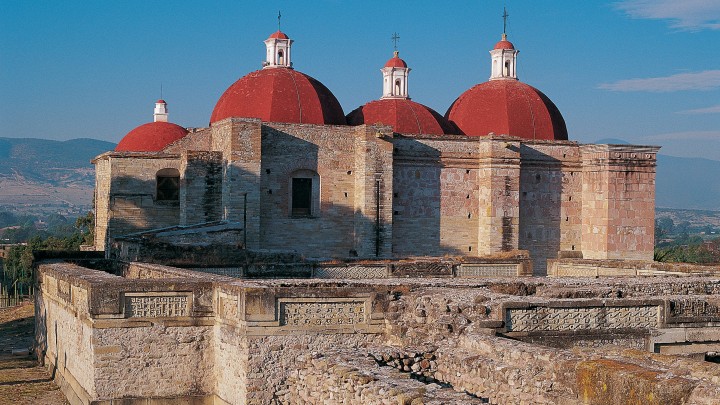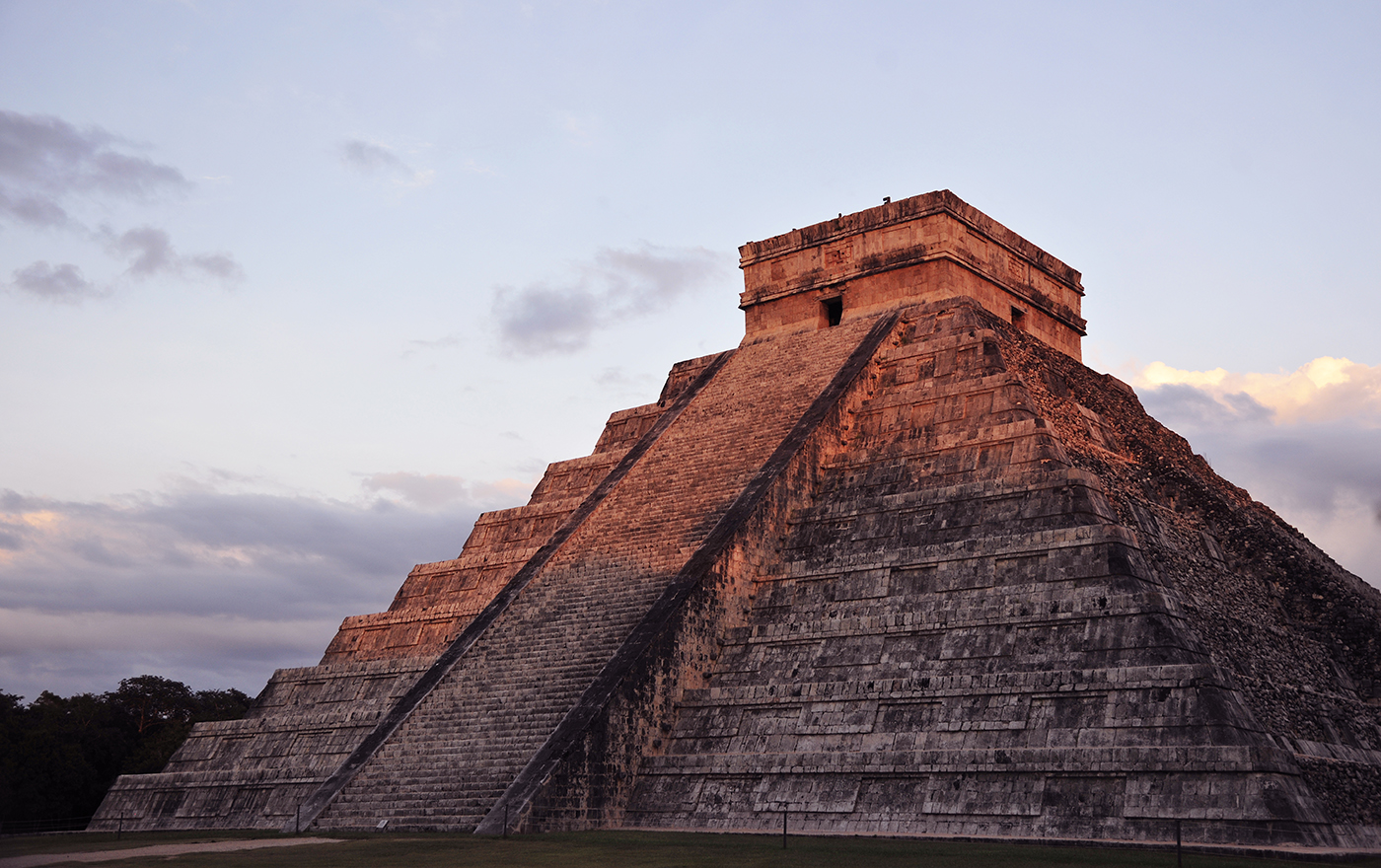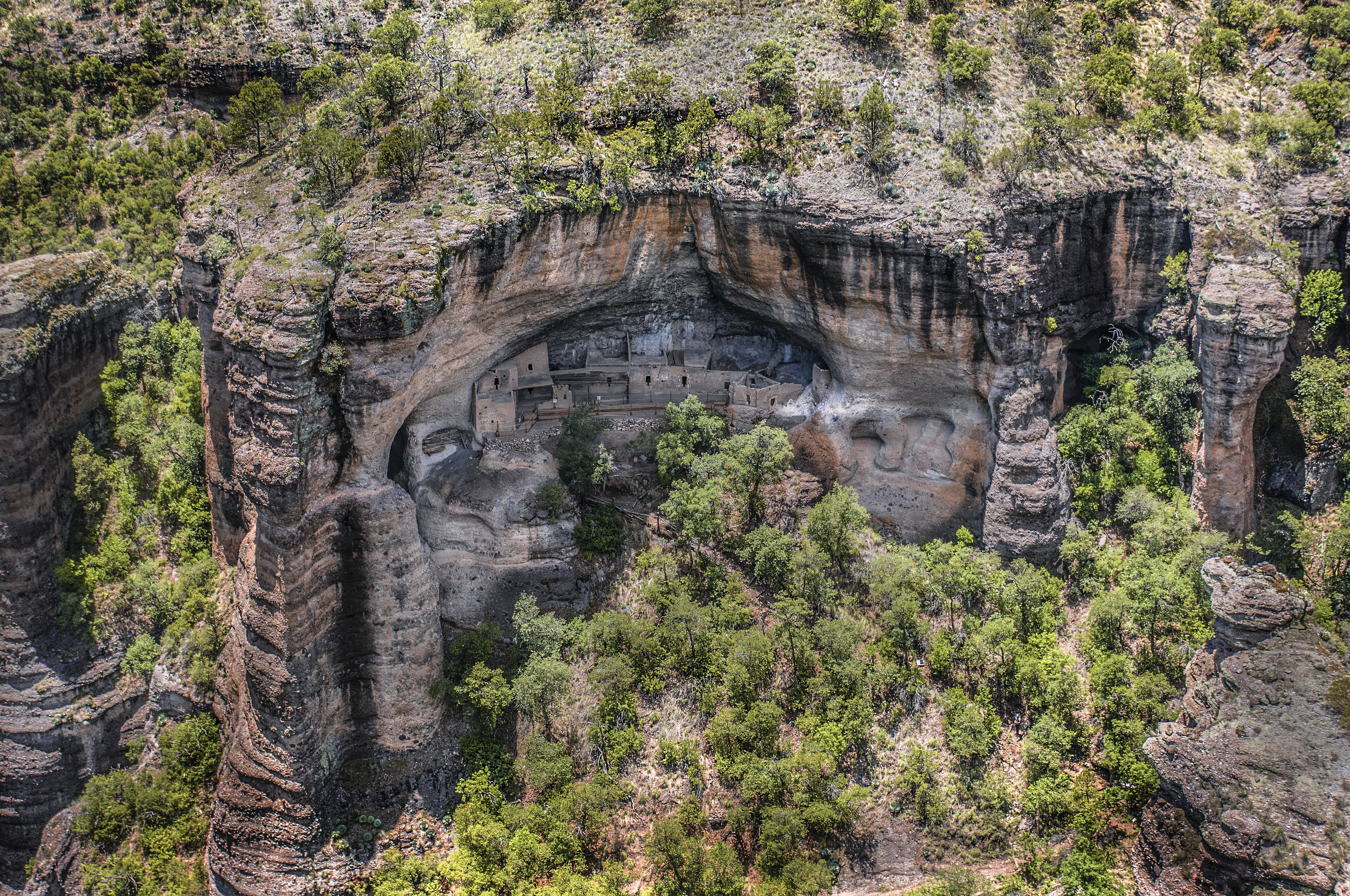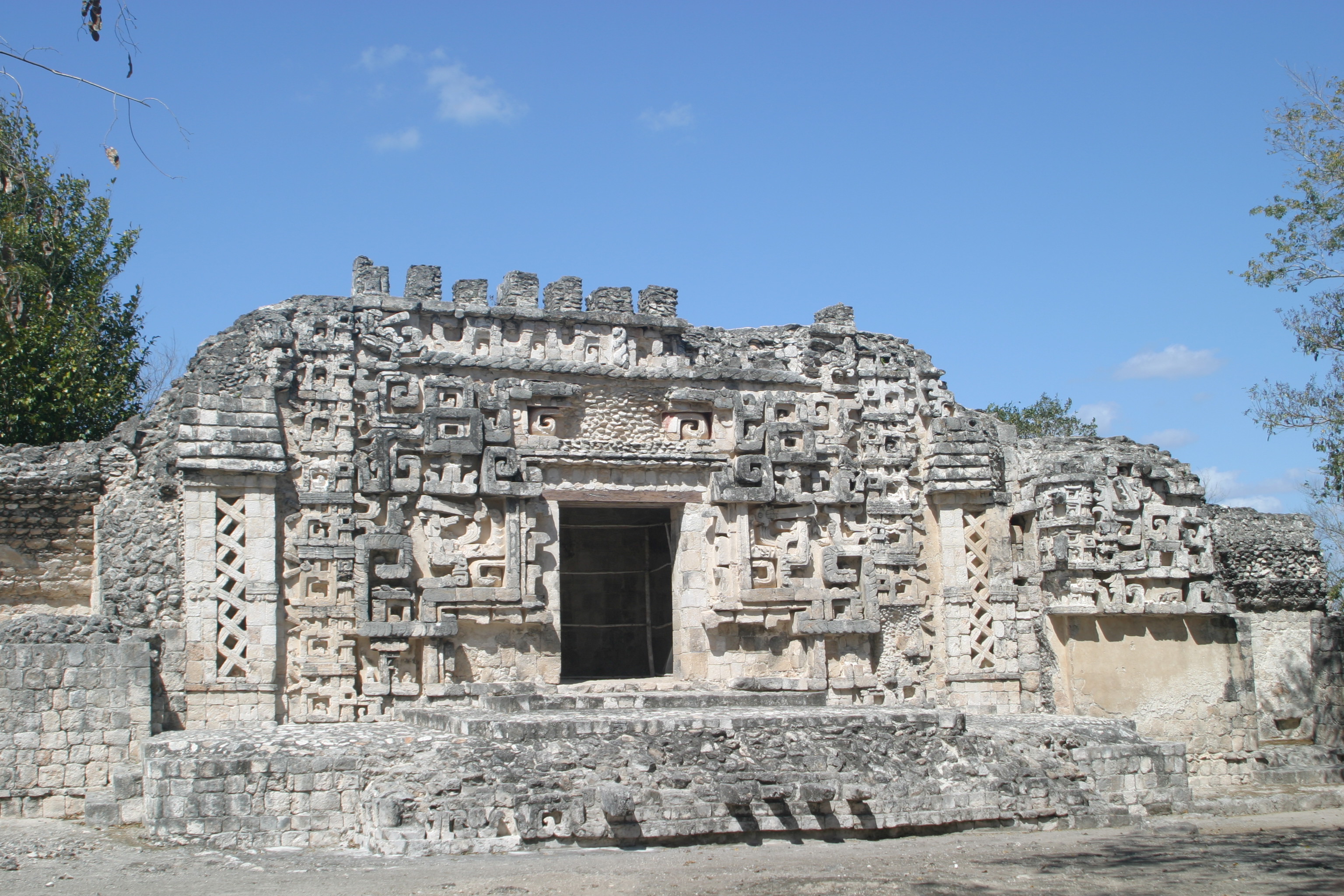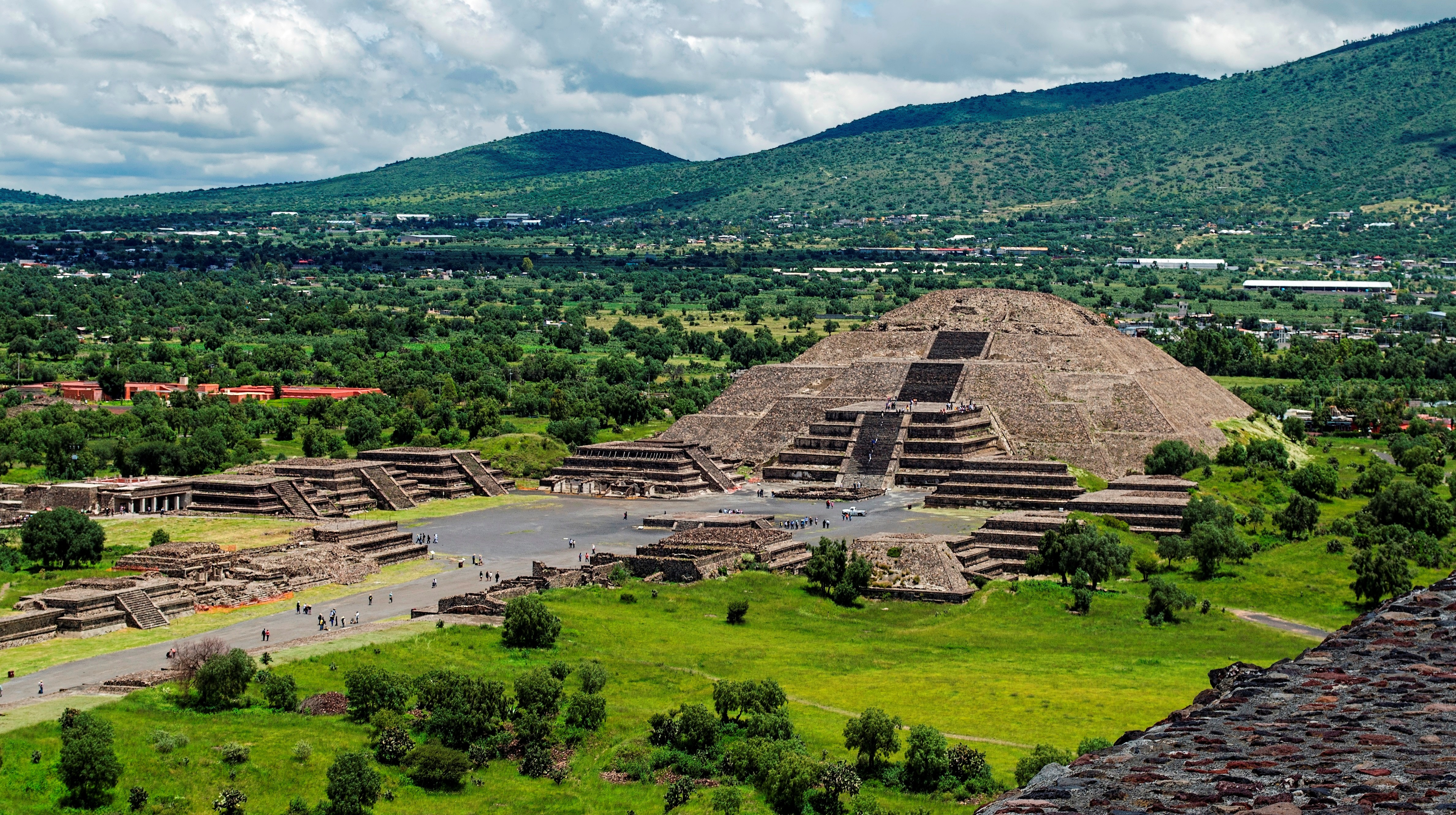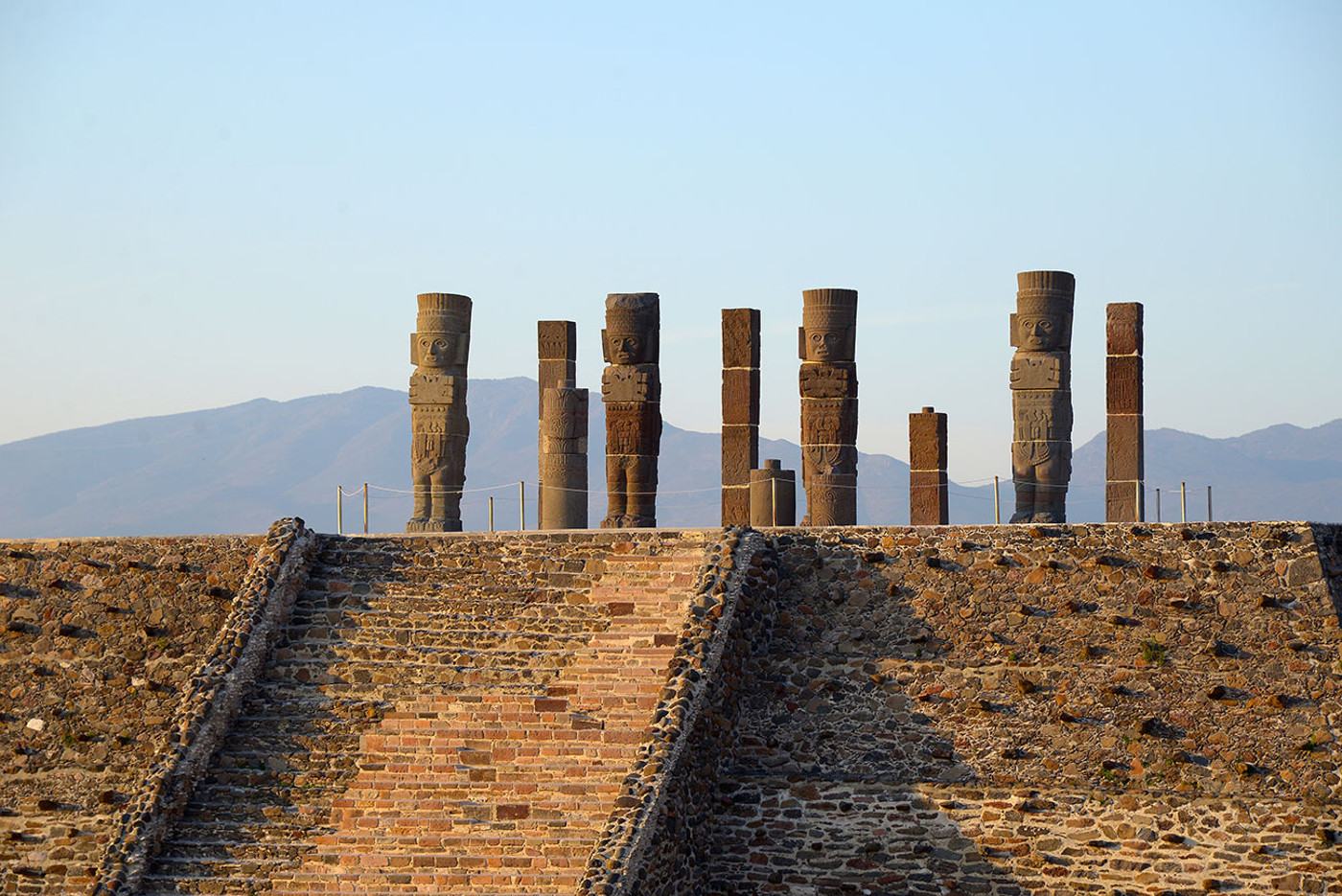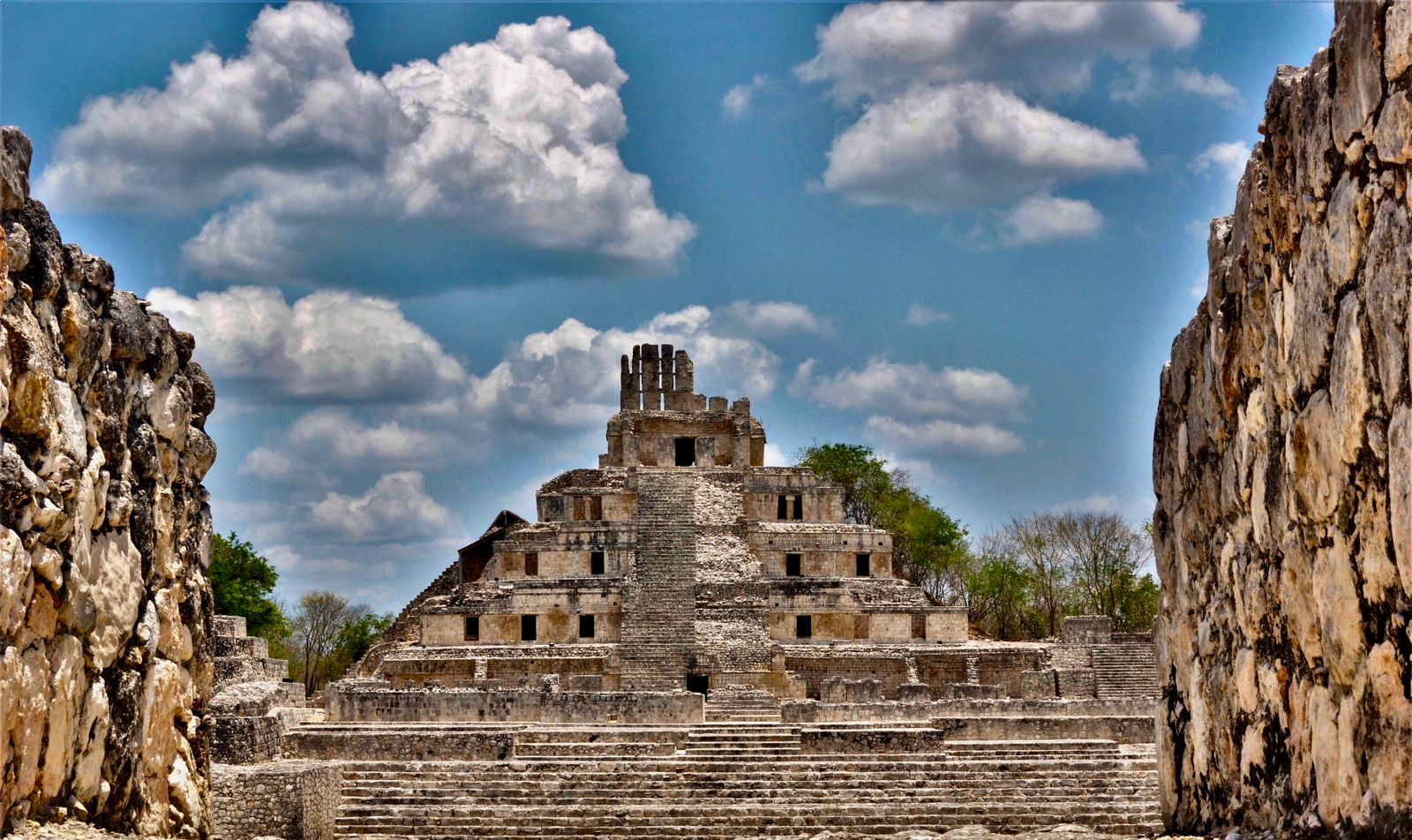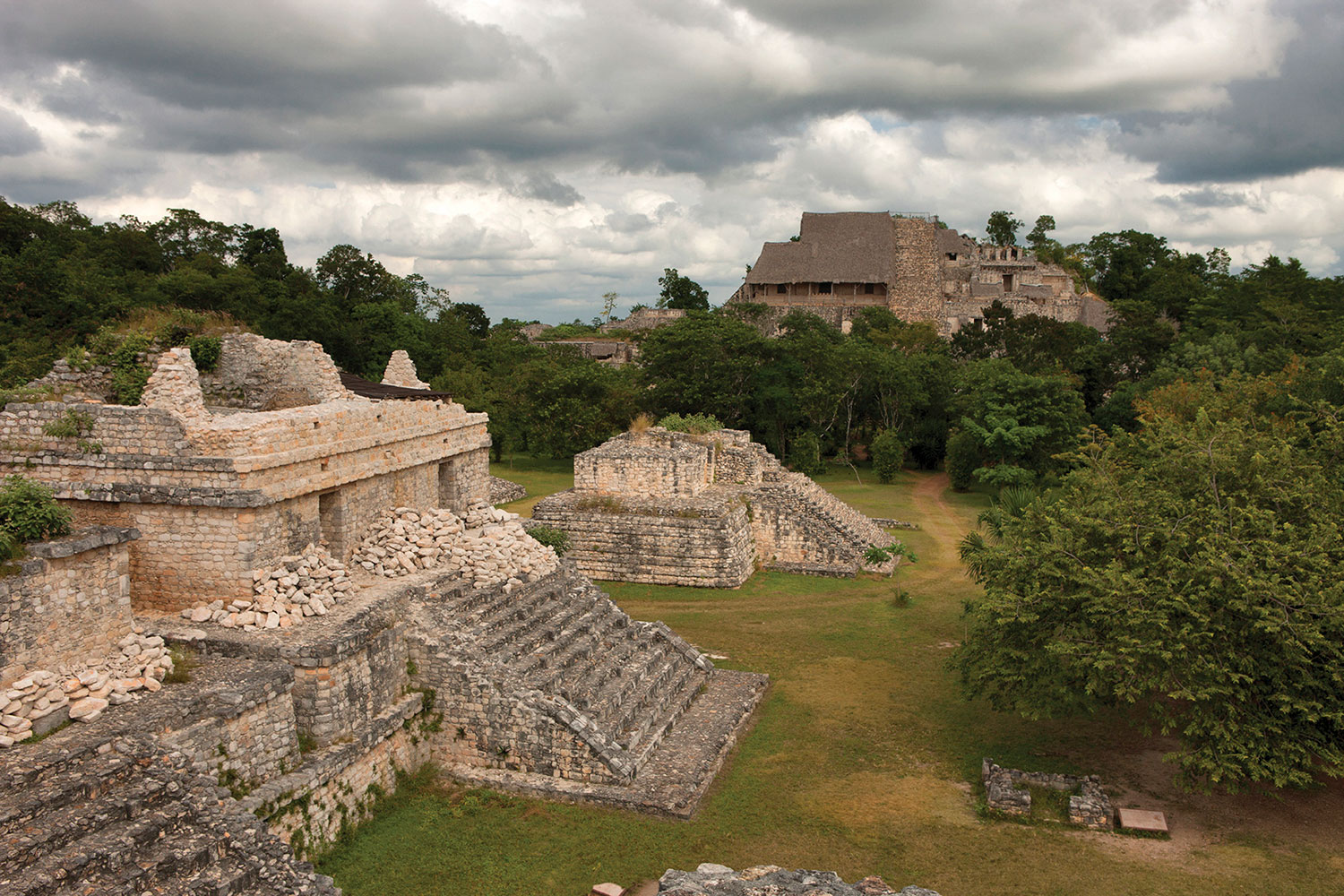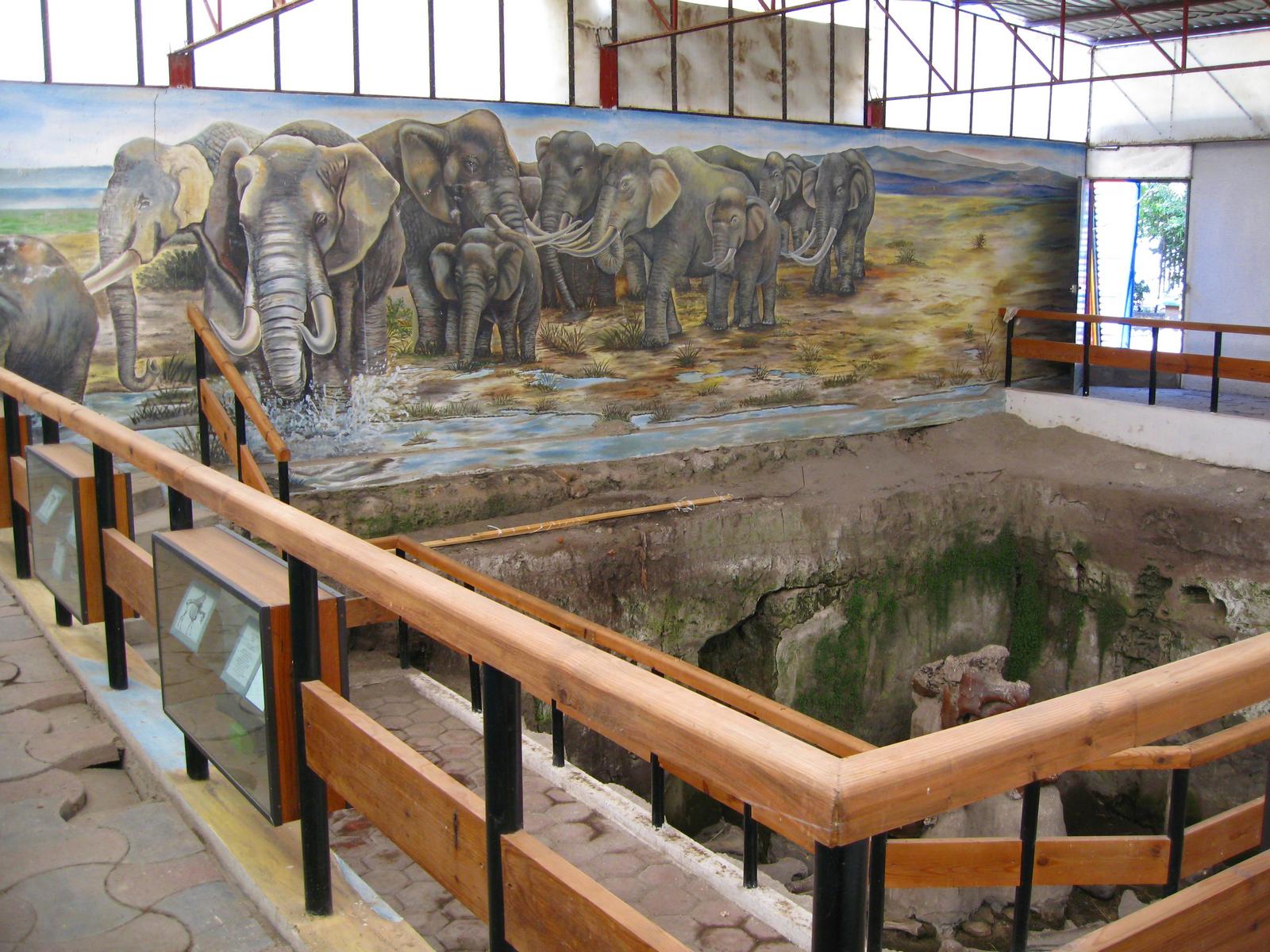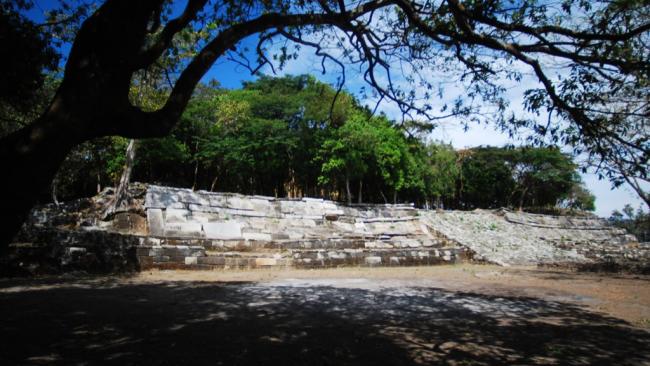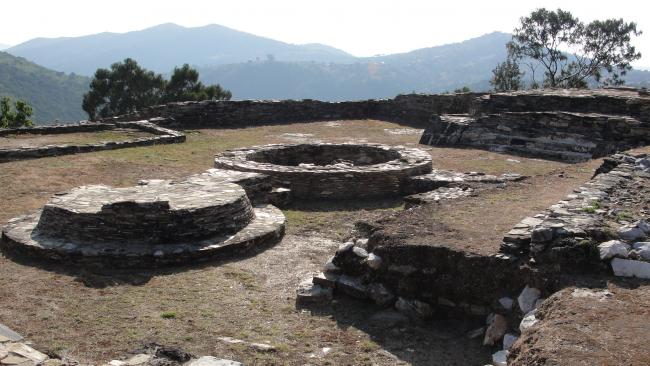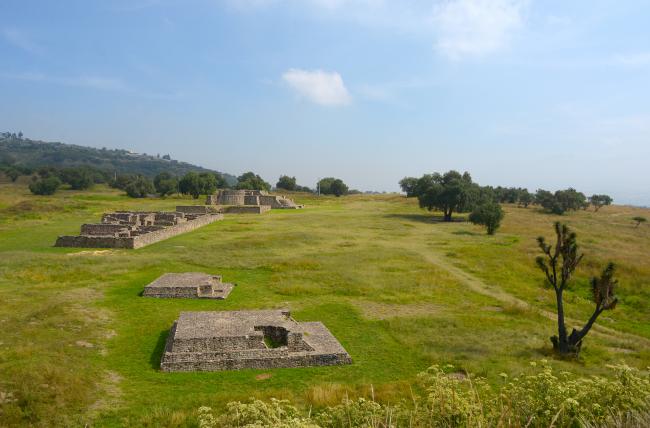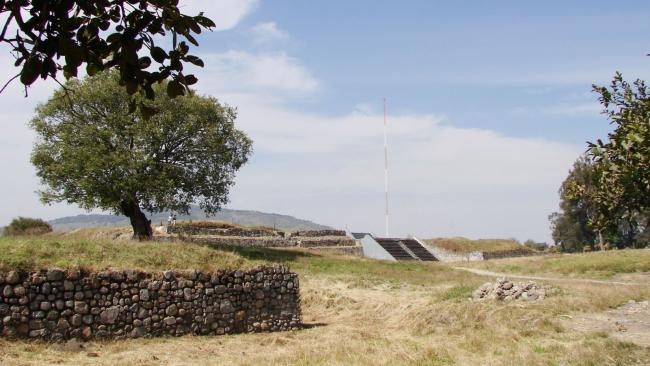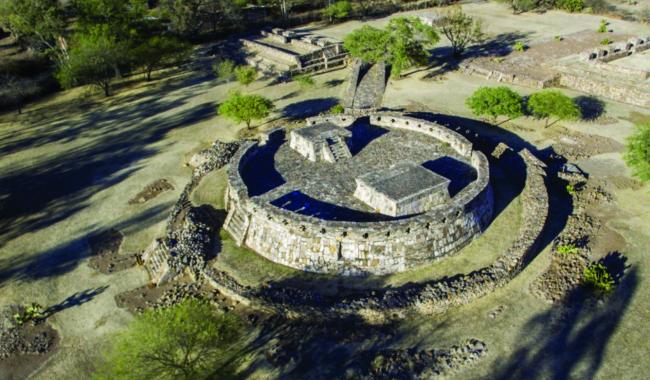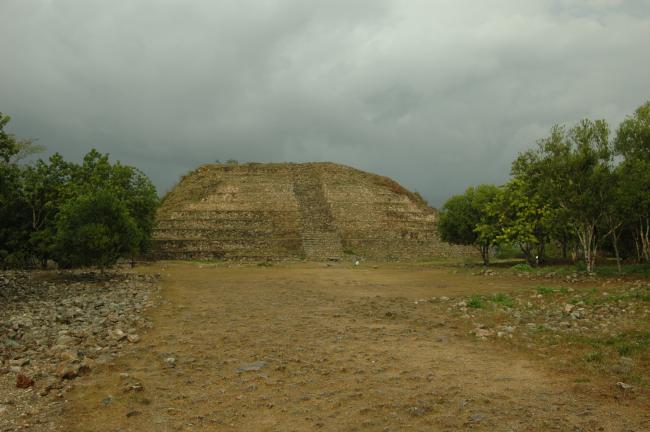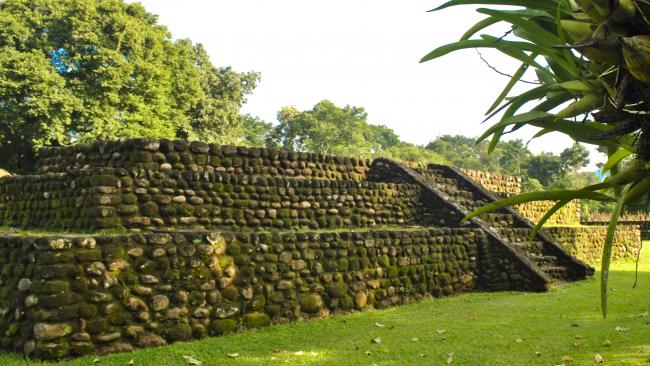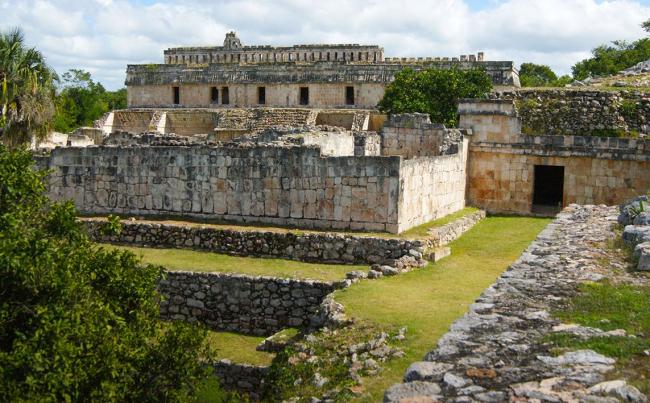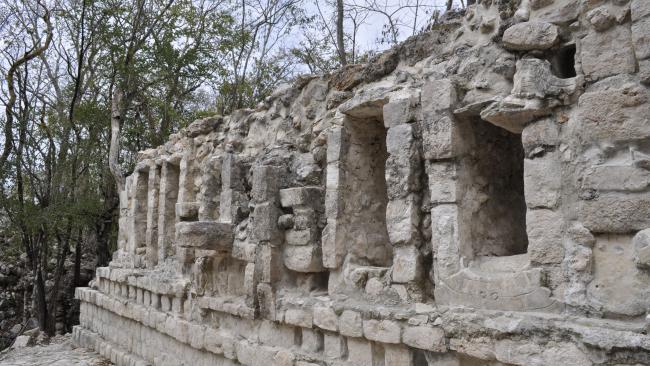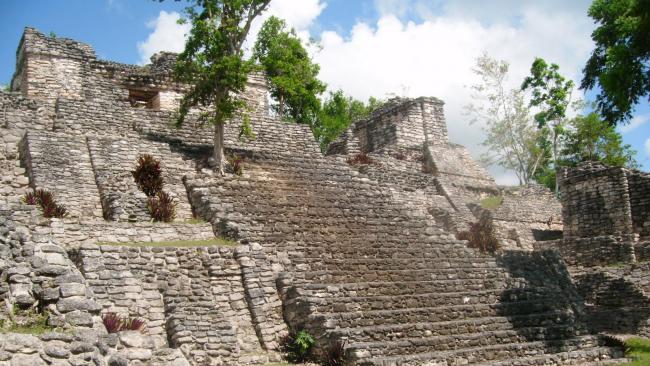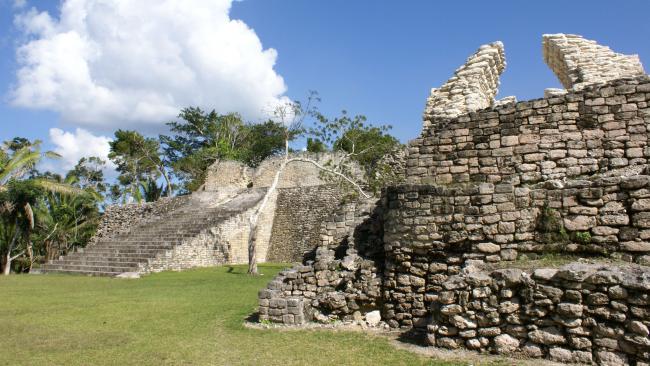
Zonas Arqueológicas
Iglesia Vieja
Its strategic position on the Pacific coast was of great importance for communicating the Altiplano (high plateau) with the south of Veracruz and the area of the Isthmus. Its monolithic architecture of blocks of stone—some weighing almost two tons—is surprising, as well as its altars, stelae and…
Ihuatzio
Together with Pátzcuaro and Tzintzuntzan, Ihuatzio was once a seat of the mighty Purépecha state. This extensive site has only been partially explored. The huatziri or elevated walkways and the Plaza de Armas, with two semi-circular pyramids called yacatas, are particularly impressive.
Ixcateopan
The Mexica conquered this town and turned it into an important trading and ceremonial center. This was the site where they accumulated and redistributed the tributes they received from the region. There are temples, rooms and open spaces with the remains of red stucco on the floor.
Ixtapaluca (Acozac)
Previously known as Old Ixtapaluca, this important ceremonial center in the Valley of Mexico is mentioned in the Xolotl Codex.
Ixtépete
Situated on the outskirts of Guadalajara, this was an important trading center. Apparently its society was very hierarchical, since artisans and the common people lived in small surrounding neighborhoods, separate from the residences of the elite. The principal temple is worth a visit.
Ixtlán del Río (Los Toriles)
A unique archaeological site in Nayarit, outstanding because it contains one of the few circular temples found in Mesoamerica, together with other buildings. It was the hub of the “Copper Route” which connected, via the Pacific coast, the southwest of the present-day United States with central…
Izamal
One of the most ancient cities of the Maya area (even older than Chichén Itzá and Uxmal), for centuries it was a place of pilgrimage for the inhabitants of the region. From the top of the Kinich Kak Moo pyramid there is a spectacular view.
Izapa
The ceremonial, political and religious center of Soconusco for nearly a thousand years. Among the vestiges there remain plazas, admirable stelae and altars decorated with remarkable reliefs which experts consider show the evolution from Olmec to Maya art.
Kabah
Its name is mentioned in the Chilam Balam of Chumayel, which indicates its importance. The architecture is extraordinary, particularly the temple of Codz Pop, with its facade decorated with hundreds of masks of the god Chaac, considered one of the finest examples of Maya art.
Kankí
The remains of the architecture, rising up magnificently amid the surrounding jungle, are early examples of Maya art developed in the region. The site conserves structures that create interlinking courtyards, and a palace shows traces of its previous decoration.
Kinichná
Part of the architectural complex formed by Dzibanché, Lamay and Tutil, although this was a minor city. Its main building, known as the Acropolis, is an interesting pyramid of three levels, whose broad staircase leads up to two temples placed laterally.
Kohunlich
This is the most visited site in Quintana Roo. It has stunning residential, civic and religious complexes surrounded by jungle. The Temple of the Masks is outstanding with figures of royal personages which still retain traces of red paint and whose attire bears celestial symbols.

